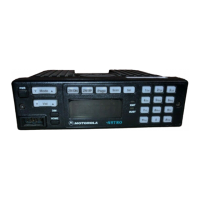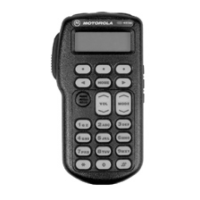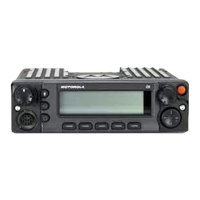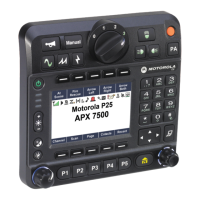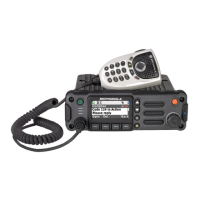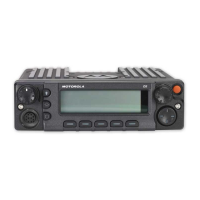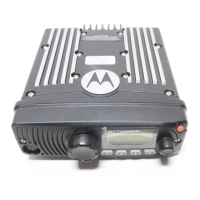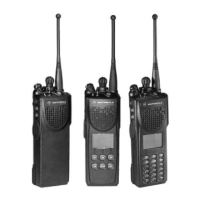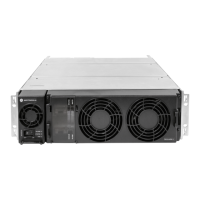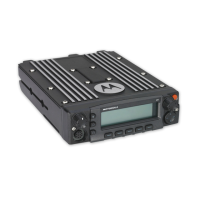September 5, 2008 6881076C25-E
3-54 Theory of Operation: Receiver Front-End
3.6.2.2 Theory of Operation
The factory-tuned ceramic preselector filter accommodates RF input frequencies ranging from 438 to
470 MHz (Range 2), 450 to 482 MHz (Range 3), or 482 to 512 MHz (Range 4). The injection filter is
tuned to pass frequencies from 549 to 580 MHz for Range 2, 559 to 592 MHz for Range 3, or 592 to
622 MHz for Range 4. Each frequency is connected at a node just before C9138 via a transmission
line which acts as a high impedance input to the other frequency.
The RF board supplies DC voltage to bias the mixer Q125. Transistor Q126 controls the voltage to
the base of Q125. The voltage at the collector of Q125 should be approximately 10 V.
3.6.3 800 MHz Band
3.6.3.1 General
The receiver ceramic filter has a typical insertion loss of about 1.6 to 1.7 dB; it should not have a loss
greater than 2.5 dB. If any soldering must be done on the filter, be very careful not to get any solder
on the filter tuning pads.
The injection filter is a printed pattern on the substrate which is laser-tuned at the factory. The
insertion loss of this filter is about 3 dB.
3.6.3.2 Theory of Operation
The factory-tuned ceramic prescaler filter accommodates RF input frequencies ranging from 851 to
870 MHz. The injection filter is tuned to pass frequencies from 741 to 760 MHz. Each frequency is
connected at a node just before C8126 via a transmission line which acts as a high impedance input
to the other frequency.
DC voltage, supplied from the RF board, biases the mixer Q8126. Transistors Q8127 and Q8128
control the voltage to the base of Q8126. Q8128 acts as a diode to maintain a voltage on the base of
Q8127, which keeps the bias of Q8126 stable through temperature changes. The voltage for the
collector of Q8126, which passes through R8128, L8131, and L8130 should be approximately 8
volts.
C8129, L8129, C8131, and L8130 form the output network for the mixer. C8131 is a large capacitor
that appears as a short to all frequencies of interest. The remaining components form a bandpass
filter centered at the IF frequency.
R8130, R8129, and R8131 form an attenuator on the output path to stabilize both the mixer output
impedance and the source impedance for the IF amplifier.
From the input to the ceramic filter to the IF output, there should be an 8 dB power gain presented to
the IF. If the beta of Q8126 falls below 60, the mixer (Q8126) is probably bad and must be replaced.
